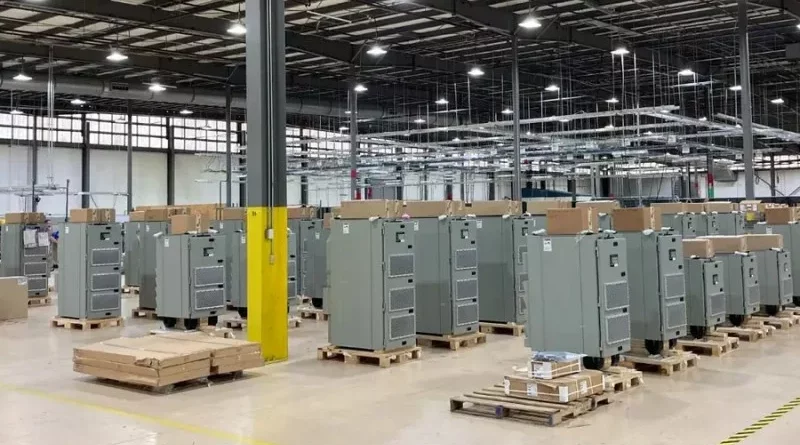Consolidated Afloat Network and Enterprise Service (CANES)
The world has complex challenges, but consider the feat of bringing together the world’s most advanced Network technology into a system, purpose-built, to be deployed aboard a fleet of ships as they transit from one location to another, reacting to the needs of the world.
Evolving Technology
Vendors have discussed and sought The CANES IDIQ contract for more than 15 years. The idea is to build a universal solution that puts data center speeds and performance on board ships worldwide. Considering the advancements over the last decade, you can imagine how difficult it is to employ the most advanced technologies in a purpose-built solution.
Now consider this ten-year contract from Naval Information Warfare Systems Command, which includes procurement, installation, initial software, software renewals, and spare parts. Then note that the ships are scattered to the four winds. Each of these issues might be prohibitive, but when combined into one, you have a glimpse into the sheer magnitude of fulfilling this contract.
Procurement Benefits of an IDIQ
These eight primary suppliers on the contract and they include:
- BAE Systems Technology Solutions & Services Inc. (N00039-23-D-9001)
- DRS Laurel Technologies, Johnstown (N00039-23-D-9002)
- Management Services Group, DBA Global Technical Systems (N00039-23-D-9003)
- L3Harris, (N00039-23-D-9004)
- Leidos, Reston (N00039-23-D-9005)
- Peraton, Herndon, (N00039-23-D-9006)
- Serco, Herndon (N00039-23-D-9007
- VT Milcom, Virginia Beach, Virginia (N00039-23-D-9008)
“PMW 160 is the Navy’s program office for tactical networks, providing mission-effective, affordable, and cyber-resilient networks for Navy tactical forces. PMW 160 delivers integrated wide area, local networking, computing, and data systems afloat to support a robust network of geographically dispersed Navy, joint service, and coalition forces.” PMW 160 is the Network-Tactical Program office responsible for CANES overseeing the application of $4.1 billion.
Using an IDIQ contract formula, NAVWAR has greater efficiency and flexibility to procure goods and services over an extended period. It streamlines procurement by establishing terms and conditions in advance and thus reducing the administrative burden. It allows for strategic and adaptive planning to accommodate the immense logistical requirements. It also fosters contractor competition for task or delivery orders under the overarching agreement.
Emerging Concerns
Emerging concerns underscore the critical need for CANES to navigate an ever more complex environment. As conflicts in Israel and Ukraine highlight the escalating sophistication of cyber threats and the expansion of data sets influencing strategic planning, CANES has proactively responded by incorporating artificial intelligence (AI) and machine learning (ML). These intelligent functionalities, crucial for predictive maintenance, anomaly detection, and the assimilation of open-source data, represent a paradigm shift in naval operations.
However, the computational demands have surged exponentially. Integrating sensor information, open-source data, and communication streams requires a robust and scalable infrastructure. CANES faces the challenge of managing and processing vast amounts of diverse data in real time, necessitating continuous advancements in computational capabilities. As the Navy grapples with this data deluge, CANES remains at the forefront, addressing the complexities posed by the convergence of diverse information sources and ensuring that the Navy can extract actionable insights to stay ahead in an increasingly dynamic threat landscape. The ongoing evolution of CANES is pivotal for meeting current needs and future-proofing against the relentless growth and diversification of data in the maritime domain.
A Digital Twin
The use of a digital twin has been adopted to play a role in the modernization efforts of the CANES Program. It is crucial in transforming the entire system, encompassing design, development, delivery operations, and longevity. The Digital Twin allows for a comprehensive understanding of the interconnected systems and their interaction. NAVWAR’s creation of digital twins for these systems enables the proactive identification of capability gaps and overlaps before installation, demonstrating the efficiency and foresight gained through digital engineering practices.

